Maximizing Engagement by Leveraging User Feedback & Preferences
Watch this webinar featuring Samantha Nystrom, the Senior Content Marketing Manager at DeVry University, and Becky Fowler, the Internal Communications Lead at EA. You’ll learn how to use research-based communications models to optimize your internal processes, and how to implement the fundamentals of A/B testing in your external content strategy.
You’ll Learn:
> Practical tactics and strategies for A/B testing
> Best practices in developing UX
> Insights on how to improve employee feedback and engagement
Featured Panelists

Samantha Nystrom is the Senior Content Marketing Manager at DeVry University, where she supervises the development and execution of DeVry’s overall content marketing strategy. She is also an established speaker and copywriter who’s articles have appeared in numerous B2B and B2C publications and was interviewed on Susan Rich Talks Radio and spoken at AICPA Engage, BlogHer and other conferences on content marketing.
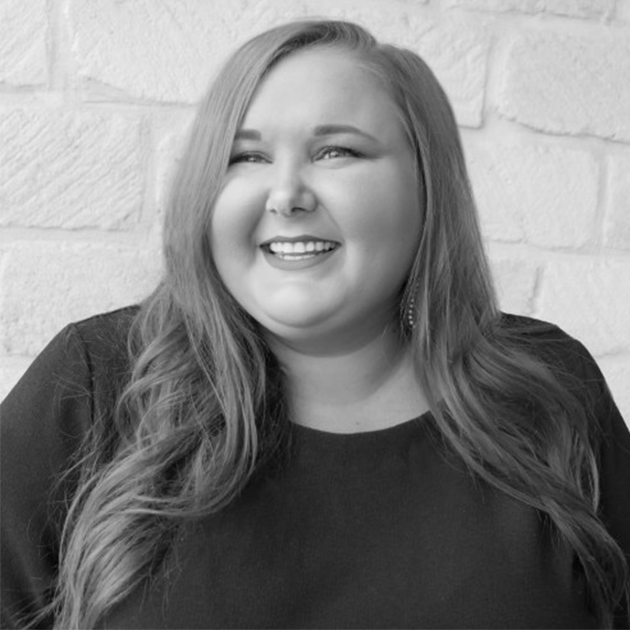
Becky Fowler works for Electronic Arts as the Internal Communications Lead for EA’s customer service department. She started her career at IBM as an internal communications designer. By the time she left, she owned the Employee Advocacy program with 800+ users, hosted social trainings for executives and teams across Marketing and Sales, and managed the design and distribution of executive communications and sales resources for IBM conferences.
A Fireside Chat with the Founder and CEO of CORE Innovation Group
Have you ever had a big content idea, but it didn’t get the results or engagement you wanted? In this Fireside Chat, Patrick Jager, Founder and CEO of CORE Innovation Group, breaks down how you can reverse engineer your content strategy based on specific KPI’s to pull real performance results.
Watch this webinar to learn:
> How to reverse engineer content strategy based on specific KPI’s
> How to rethink your ‘what comes next strategy’ by leveraging tomorrow’s opportunities
> How to develop macro strategy with targeted results
Featured Guest
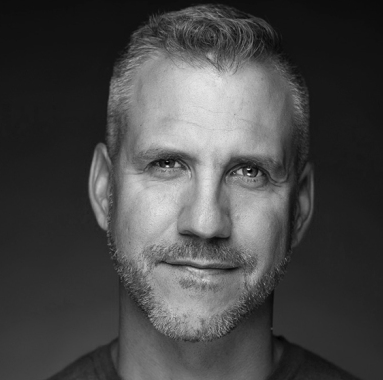
PATRICK JAGER is the Founder and CEO of CORE Innovation Group, and an award-winning media executive behind shows like Fixer Upper and Behind the Music. A veteran in the TV and media production space, Patrick has developed programming for countless outlets – including MTV, SyFy, Nickelodeon, Bravo, and NBC News – and serves as a member of the Academy and the Producers Guild of America.
3 Video Marketing Trends to Guide Your Digital Strategy in 2021
2020 ushered in a new era for video marketing trends. As we migrated our lives to the internet, people began consuming more content than ever, while also becoming even more skeptical of being sold to. It became harder than ever for brands to stay relevant in a rapidly-changing world. But don’t worry – with 2021 ahead of us, we outlined 3 video marketing trends to focus on to keep your audience engaged.
1. User-Generated Content
People are more skeptical than ever about brand marketing. But user-generated content offers a trustworthy alternative. With scaled down production and face-to-face messaging, viewers are more willing to buy into the story being told by a relatable creator.
Plus, user-generated content is a win-win for marketers who are battling the constraints of social distancing. User-generated video can be made from the comfort of your room and it gives audiences the relatable perspective of someone who is also stuck at home.
UGC isn’t just for customer reviews. B2C and B2B companies can use user-generated video content to boost marketing campaigns, humanize their brands, and even give a behind the scenes look at what it’s like to work with their teams.
2. Live Video and Virtual Events
With LinkedIn live streams increasing 89% since March 2020, it’s clear that live video is more important than ever. To keep up, marketers should continue honing their skills in live video and virtual events.
After almost a full year getting used to virtual replacements for in-person events, viewers have built expectations about what a good live video experience looks like. It’s not enough to just decide to go live on Instagram. For a successful live video, brands need the pre-production and technical support that makes any video run smoothly.
When producing Sotheby’s Virtual Auction Series, our team factored in extensive rehearsal, preparation, and technical troubleshooting before ever taking the event live. This made sure that the virtual events matched the calibre of the in-person events they were replacing, and reflected what their audience expects from a Sotheby’s experience. Virtual or not, an auction featuring work by Van Gogh and Magritte is held to a high standard.
Live video may never completely replicate the experience of an in-person event. But it will give you access to a larger audience. Live video takes the exclusivity out of in-person events, making your content more accessible and removing limits on audience size and viewership.
Plus, live video draws engagement long after the original stream. In 2021, repurpose and remarket live video to keep viewers coming back to your content. If done well, repurposed live video can be successful on all social platforms, and will help your brand build a loyal audience.
3. Long-Form Video
With commuting time reduced or eliminated altogether, many video viewers now have much more time to consume content. And a larger, more engaged audience gives marketers the opportunity to grab viewers’ attention for a longer period of time. In 2021, marketers should lean into long-form video content to make the most of people’s increased viewership.
But know that higher viewership doesn’t mean audiences are engaging with video content in the same ways they did when they had less free time. According to YouTube’s Digital Culture and Trends Report, 40% of people say they participated in an activity simultaneously while they watched a video online in 2020.
Yes, audiences are more interested in long-form video, but many viewers engage with that type of content more passively. Marketers should be optimizing long-form video in the same way that they optimize content for each social media platform. Cater to what audiences want and expect from long-form video in every step of production. Pacing, story arc, and even sound design should all be in line with the standards of long-form video.
Take our video for the 2020 Peabody Awards as an example. Green Buzz was tasked with turning what would have normally been an in-person awards ceremony, and translating it into an hour-long roundtable. To keep the video engaging over the full hour, we mixed in clips of the award-winning documentaries as the filmmakers discussed their work.
Where Do We Go From Here?
There’s no denying it: video is now. But if 2020 taught us anything, it’s that we should expect the unexpected. So take these 3 video marketing trends into account when implementing your marketing strategy for the new year, but remember to stay agile.
The best video marketers can simultaneously stay ahead of trends and act quickly when something throws a wrench in those predictions. Stay plugged in to current trends, stay adaptable and always consider how your content feeds into specific KPI’s.
If you need more support guiding your marketing strategy for 2021, reach out to our team! We’ve guided social media campaigns, big name awards ceremonies, our own webinar series, and more through the pandemic – and all from our home base in Washington, DC. Wherever you are, and whatever content you need, we’ve got you covered.
A Fireside Chat with a Top Expert from Google
In this Fireside Chat, we sat down with Raashi Rosenberger, a member of Google‘s Global Brand Marketing team for Consumer Apps. Listen in to hear about Google’s approach to innovation, best practices for successful global brand campaigns, and how to use neuroscience to leverage your marketing strategy.
FEATURED GUEST
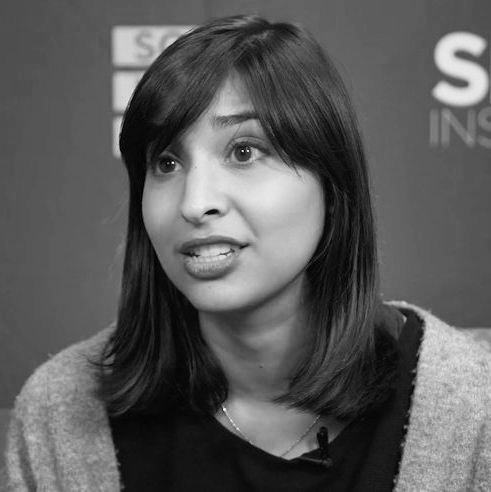
RAASHI ROSENBERGER works on Google’s Global Brand Marketing team for Consumer Apps, where she leads creative strategy for some of Google’s largest products. Before joining Google, Raashi was the Creative Strategy Lead at Pinterest, where she drove award-winning creative campaigns. Her work has been honored by Cannes, One Show Interactive, the Effies, and the D&AD Awards, and she’s been a featured speaker at events like SXSW, WWD and Social Media Week.
Our 2020 Year in Review
In the whirlwind that was 2020, we kept doing what we do best: making great video. We used video to stay connected, keep audiences engaged, and tell the stories that didn’t stop.
As always, we’re proud of all the work our team has done in the past year. But after the year that was 2020, we wanted to pause to highlight some of our favorite projects from this past year.
AARP En Vivo Contigo, Sotheby’s Virtual Auctions, DCG’s “REACH” Campaign, and the launch of our original Green Buzz Webinar Series all challenged us to push the bounds of traditional video production, and to create content that was connective, interactive, and engaging at a time when people needed it most.
Read on to learn more about these important projects that Green Buzz worked on in 2020.
AARP En Vivo Contigo
During the pandemic, AARP seized the opportunity to unite Hispanic and Latinx communities through a digital event series which brought together DJ’s, chefs, and content creators to provide support to each other through difficult times using food, dance, and music.
Green Buzz facilitated 16 live cooking demonstrations and 4 dance parties for 4 different Hispanic/Latinx markets across the country. We brought virtual shows to New York, Houston, Los Angeles and Miami all from our home base in Washington, DC. The campaign culminated with a huge crossover event, introducing chefs from each market to compete in a cooking challenge.
Branding the entire campaign with a unique style, our team designed custom graphics that were displayed live throughout the shows. GBA fully produced each event, providing technical support and direction for the talent during each live event.
The shows were streamed over Facebook live, garnering engagement from each market’s audience and connecting Latinx communities to celebrate what feeds the soul, whether we are in the same place or not. In an isolating time, AARP En Vivo Contigo kept community and culture alive in the Hispanic and Latinx communities.
Sotheby’s Virtual Auctions
As in-person events came to a halt, Sotheby’s approached Green Buzz Agency to bring the energy and excitement of a live auction into a series of virtual events to draw audiences to online auctions around the globe.
Our events included virtual exhibitions of never before seen private collections of Impressionist, Modern and Contemporary works, featuring pieces from masters such as Van Gogh, Magritte, and Ansel Adams.
This work with Sotheby’s was one of several opportunities we had to flex our muscles in virtual events and live video production in 2020. For this series, we used our technical expertise to replicate the unique environment of a Sotheby’s art auction and preserve the connection of the art community across the globe.
DCG REACH Campaign
The U.S. Department of Veterans Affairs launched its REACH campaign to raise awareness for suicide prevention and to encourage those with risk factors to reach out to others for help.
Green Buzz Agency was brought in to direct and produce a tentpole of the REACH campaign by creating a series of digital and broadcast PSAs. Each video tells the story of a person working through suicidal risk factors and ultimately reaching out to a trusted friend or community support system for help.
Using a combination of animated and live action video, this digital series provided depth to a much-needed conversation about mental health, while also walking viewers through effective preventative measures.
Our team produced and directed a four-day, 35-person shoot during the pandemic, enforcing stringent COVID-19 safety guidelines (which kept every member of the cast, crew and client team safe).The result: an emotional, resonant set of PSAs that the V.A. is planning on making its signature asset for the next two years of the REACH campaign.
Green Buzz Original Webinars
In the wake of COVID-19, Green Buzz wanted to create our own original webinar series that would foster a sense of community, while satiating the appetite to learn from home and navigate the new digital landscape brought on by the pandemic.
To do this, we drew together unique pairings of panelists, who provide 60 minutes of industry expertise on topics ranging from high-level content and platform strategy, crisis communications, brand values, audience activation, post-isolation personas, and virtual production.
Since launching our series, we’ve had over 40 thought leaders join our panels from Twitter, Quibi, PBS, Sotheby’s, Tripadvisor, NASCAR, Make-A-Wish, Google and many more. In the new year, we’re continuing to bring top experts on the series, and featuring unique guest speakers in our new Fireside Chat format.
Incorporating Fireside Chat episodes into our webinar series allows us to bridge the gap between virtual audiences and our panelists. Set up as an open conversation with an interactive Q&A segment, these special episodes let unscripted, off the cuff insights shine.
A Year in Review
Working with big brand clients like AARP and Sotheby’s, and featuring expert webinar panelists from influential companies like PBS, Quibi, NASCAR, Twitter, and LEGO makes us proud of our 2020 in review, and confident for the year that lies ahead. Explore more of the work we’ve done and get in touch to see what we can do for your brand in 2021.
Social Video Trends to Watch in 2021 with the CEO of the Shorty Awards
In this Fireside Chat, we sat down with Greg Galant, the CEO and Cofounder of the Shorty Awards. Listen in or read on to learn about social media trends to look out for in 2021 and how this year changed video production from the creator of the one of the most prestigious social media awards.
Social Video Trends to Watch in 2021
In 2020, social media ruled our lives. Being stuck at home, many people turned to social media to stay informed, be entertained, and keep in touch with family and friends. This meant that video on social media became one of the most popular tools for social connection, and it needed to adapt quickly.
In response, we saw social media trends rapidly changing to fit the needs and interests of people. The platforms tried to keep up and added new features, like Instagram Reels and Twitter Fleets.
But after this unprecedented year, what social media trends will stick? And what will the future of video production look like? CEO and Cofounder of the Shorty Awards Greg Galant had some ideas.
What a Successful Social Video Looks Like Today
With the popularity of video-based social media platforms like TikTok and YouTube, social video has evolved to a new level of entertainment. Content creators are producing high-quality content that works with the constraints of each social media platform, rather than against them.
Greg Galant says that “TikTok is a reminder of how powerful the phone is. It’s no longer just a screen for when you’re away from your computer or other larger screens – it’s something we turn to even when we have our larger screens available.”
But no matter what device we’re streaming on, successful social videos all have one thing in common: authenticity. Take our Shorty-nominated video for example. With real-time reactions and raw filming style, the message of giving back was authentic and memorable.
How 2020 Changed Video Production
This year, in-person video production was one of the hardest hit by the pandemic. However, pandemic constraints on in-person shoots encouraged the industry branch out.
In some ways, the transition to virtual production and livestream video lifted a burden for video creators.
Video created on social media – especially in a pandemic – doesn’t require the expensive, high production value of traditional video. Anyone can sit down and start recording a video through their phone.
According to Greg, “the learning curve is much smaller and cheaper now for people making their own videos on social media.”
More accessibility means the pool of video on social media is only going to keep growing. And more video content means audiences will continue to be exposed to new and diverse perspectives of video.
In 2021, lean into video production that goes against the norm, and embrace the stripped-down quality of virtually produced video to build stronger connections with your audience.
Don’t Forget the Basics
With these observations in mind, know that it’s impossible to tap into every trend in a fast-paced digital world. Remember that hopping onto trends isn’t always a recipe for success.
Even when trends or clickbait seem to be dominating social media, know that those styles can easily be replaced by something new. Instead, make authenticity your priority when developing video for social media.
As Greg put it succinctly: “It’s important to be authentic to people’s reality, but it doesn’t have to be the point of the story.”
Take this with you as you plan your production schedule and video marketing strategy for the new year. And get in touch with us to learn more about how you can put these ideas into action.
FEATURED GUEST
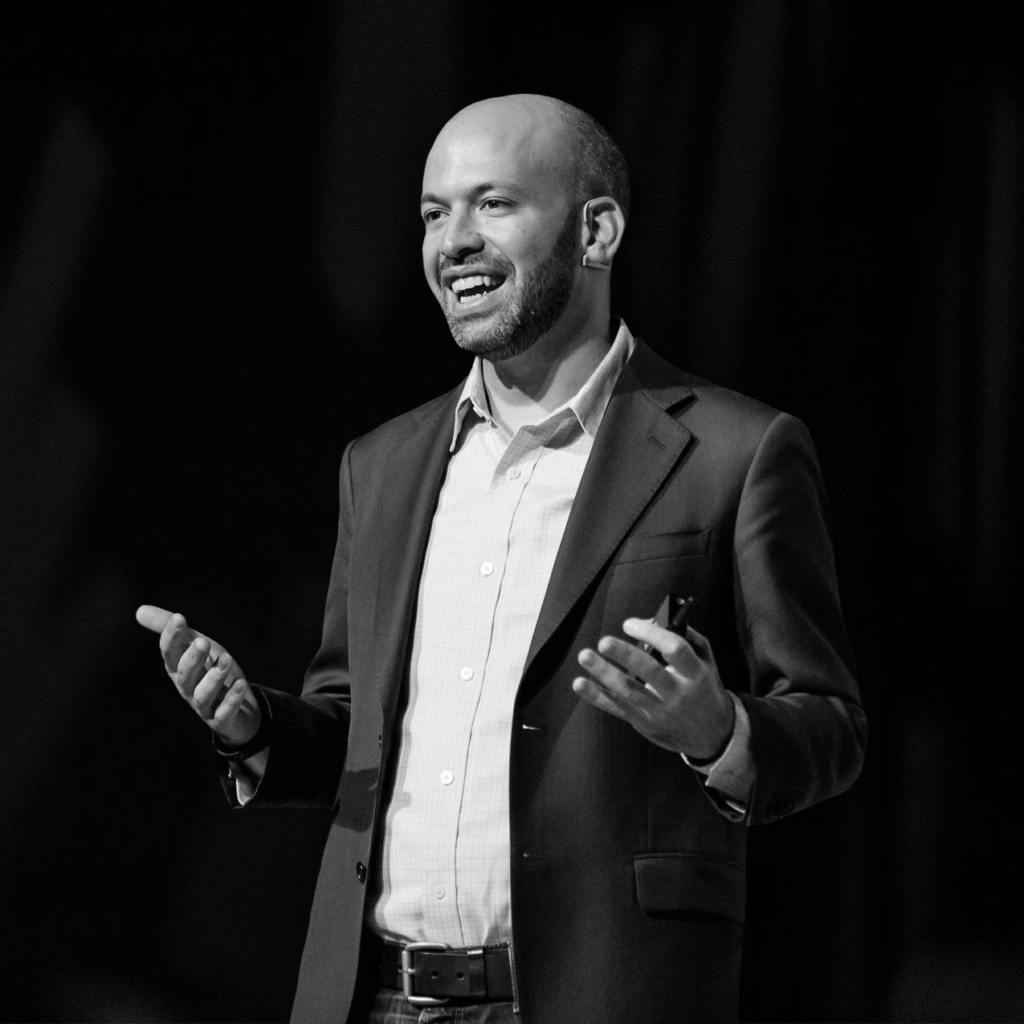
GREG GALANT is the CEO and Cofounder of the Shorty Awards, which honors the best in social and digital media. This year’s winners included Trevor Noah, Zendaya, Rebel Wilson, and Megan Rapinoe. Greg is a prominent speaker, appearing at SXSW, Web Summit, and the Harvard Business School, and has been featured in the New York Times, the Wall Street Journal, and the Associated Press.
3 Lessons on Creativity and Remote Work from Web Summit 2020
At this year’s Web Summit, creativity was key. The transition to remote work in 2020 forced major change, but it also inspired major creativity. Innovation was a driving force in the continued success of many businesses. Some businesses became PPE providers, some became grocery delivery services, and others went back to the basics to keep company culture alive.
With the year coming to close, Web Summit panelists recapped lessons on creativity and remote work that can take us through to 2021.
1. Communication is Still Key
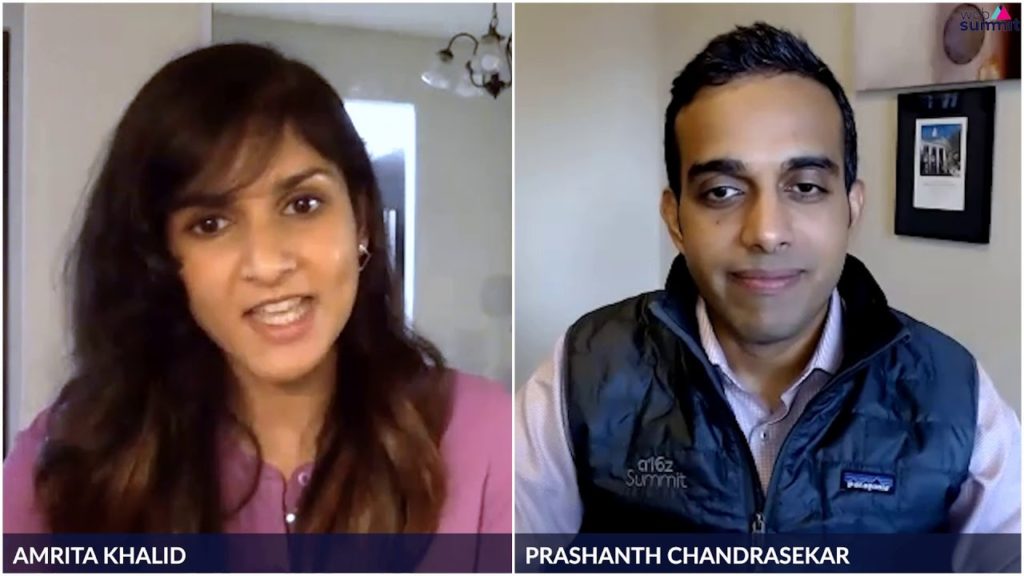
Company culture is key to building trust in any organization. And in a remote work environment, many business leaders decided to double down on communication to keep trust flowing.
In his talk “Working Together Apart: Building Swift Trust,” CEO at Stack Overflow Prashanth Chandrasekar reminded us of the importance of building strong businesses from the inside out.
For him, it’s important to be “approachable to answer questions, especially in the remote world. You shouldnt be limited to that one meeting or town hall.”
But business leaders still need to be careful to not over communicate. If you overwhelm your team with information, you’ll only make it harder to get your message across.
“There’s a balance between over communicating to make sure you’re all on the same page and being bombarded with information. It’s really about finding what’s the right approach for your organization depending on your goals – whether that’s growth or something completely different.”
2. Digital Transformations Make Creativity More Valuable
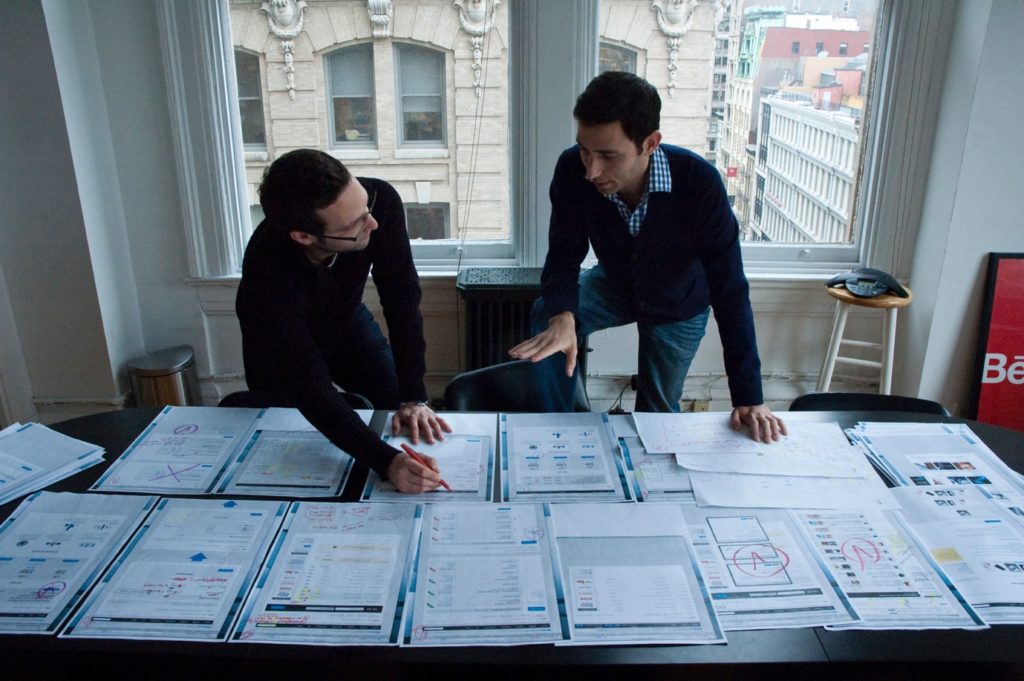
Digital transformations are great at boosting productivity with more efficient processes, especially in a pandemic that keeps people at home. But for the workforce, automation can be scary.
In his talk “Creativity is the new productivity,” Scott Belsky, Chief Product Officer at Adobe acknowledges that fear.
“We’re entering this age where productivity will be performed more by bots and artificial intelligence. So what do humans now do to stand out when machines can yield more productivity than humans?”
But, he sees a silver lining.
“Humans are uniquely able to produce creativity. We must outfit people – the workforce – to be more creative. Creativity is for everyone, not just those in creative fields.”
As much as automation can drive efficiency, it can’t replace the creativity of humans. Belsky believes the solution is to prioritize creativity in all fields. With productivity taken care of by automation, success in the workplace will rely more on creativity.
3. Remote Work Brings Us Closer to Meritocracy
For many, the switch to remote work was a big adjustment.
But on the side of the learning curve, work became more accessible. In a world of remote work, commuters save time and our offices are wherever we need them to be.
Chandrasekar of Stack Overflow doesn’t see remote work fading away:
“There’s no returning back to what it used to be. Many, many companies will not return to office permanently. It’s likely most companies will adopt a hybrid approach. Despite the zoom fatigue, despite the challenge of balancing personal and professional life, there’s a huge net benefit [to working remotely].”
And Belsky sees it as an opportunity to help people succeed:
“In any job we thrive by being more productive. We get raises for being more productive.”
Between the opportunities for creativity and our new culture of remote work, Web Summit reminded us of the doors that 2020 opened. Under great uncertainty, people make pivotal decisions, and those decisions give us room to grow in 2021 and beyond.
The Complete Guide to Video Formatting on Social Media
When it comes to marketing, social video is the proverbial queen of engagement. Marketers in 2020 need to make sure that their organizations focus on developing a strong social video strategy if they plan to remain relevant.
But before you embark on your next social video project, you should be aware of the video file formatting requirements of each of the major platforms. Don’t worry – Green Buzz Agency has you covered! This article will give you all the details regarding aspect ratios, file formats, maximum dimensions, and maximum lengths on a platform-by-platform basis. Be sure to bookmark this page as we will be updating it periodically to ensure you have the most up-to-date information out there!

Facebook remains one of the most popular social networks for the older millennial, Gen X, and boomer generations. From livestreams to shareable post videos to 360 videos to carousel ads, news link videos, and stories, Facebook is truly an all-you-can-watch buffet for video content. It also benefits content creators who favor lengthy videos, say for branded documentaries, with max length up to three hours for carousel ads.

Instagram has soared in popularity since its acquisition by Facebook in the early 2010s. It is one of the preferred platforms for influencer marketing and is now rolling out integrations for e-commerce as well, making it a must-use platform for direct-to-consumer brands.
With stories, video posts, and now video reels as well, Instagram is a treasure trove of video marketing potential and, with “views” requiring three seconds of watch time, every frame counts!
Its various aspect ratio options give you tons of flexibility in deciding what type of video you want to feature. Whether you’re looking at making traditional posts in landscape, portrait, or square, or creating something special for IGTV or ad roll outs, Instagram is a pretty versatile platform for content marketers. Beware, however, long-form content is capped at a max length of fifteen minutes for IGTV and is considerably shorter for other video types.
YouTube

When it comes to ad-supported user-generated content, YouTube is the shining star. YouTube is considered the quintessential video platform and the progenitor of this entire era of digital video-driven content. Many brands have used YouTube as a means of connecting with audiences of all ages. As such, YouTube remains one of the most engaging and sticky platforms out there.
While YouTube is relatively inflexible with respect to technical specs like aspect ratios (for which it only offers 426 x 420 and 16:9), YouTube allows users to upload videos in many different file formats including .MOV, .MPEG4, MP4, .AVI, .WMV, .MPEGPS, .FLV, 3GPP, and WebM. And, with a maximum file size of 128 GB, you have plenty of room for uploading super high quality and lengthy videos.

LinkedIn has led the B2B marketing space for over a decade. More and more professionals (of all age groups) are becoming addicted to scrolling through LinkedIn both on their phones and on their desktops. Creating a LinkedIn profile that attracts followers and draws leads is now a crucial part of every company’s marketing mix.
LinkedIn’s video capabilities have slowly begun to diversify away from the typical shareable post video to include live streaming as well. Max file sizes and minimum resolutions vary depending on whether the video is a post or ad. As such, it is best to consult this page before starting on your LinkedIn video production journey!

Once known for its character-limited tidbits of text copy, Twitter has warmed up to different types of content – video being one of its most salient additions. Twitter is an excellent option for marketers who’s audiences are avid followers (or guilty pleasure readers) of celebrities, politicians, and even the world’s most (in)famous celebrity-politician, @RealDonaldTrump himself.
Marketers should not ignore the high level of engagement that Twitter aficionados have for that platform and should look for ways to incorporate video content to augment their tweets – just remember to aim for quality, not virality. It is, however, worth noting that Twitter has very specific requirements for its video content. No matter what type of video you’re trying to upload, the specs are the same.

When asked to name the platforms they think would be the best for social video, Pinterest likely doesn’t come to mind right away. That being said, Pinterest has steadily grown its user base and continues to dominate in the work-from-home era. Let’s face it: we’ve all gone on Pinterest to figure out how to make the perfect dish in our slow-cookers, look for makeup or hairstyle inspiration, or just marvel at people’s arts and craft abilities. One savvy individual even followed his wife’s Pinterest account to plan the perfect wedding. He managed to do all this relying entirely on the wedding-related posts she pinned on her Pinterest.
Given Pinterest’s uncanny ability to convince people to make, buy, or try products, it is a very natural option for marketers to target with video content. It is also quite simplistic in terms of its specs, with portrait and square as the only video types and .MP4 and .MOV as the only file types supported.
Snapchat

What started out as a way to send people pictures taken on your phone with captions that disappeared after being opened by the recipient has now evolved into an entire ecosystem for social video. Snapchat is far from yesterday’s news. It is finding ways to remain relevant in the multi-platform era.
Snapchat has managed to stay connected with young users and millennials, offering yet another area for marketers to place their ads. Snapchat’s specs are also straightforward, varying only in terms of whether the content is short-form or long-form.
To Sum it All Up
If you are new to video marketing and have additional questions about how to best position your video content on social, please feel free to reach out to our team! We’re happy to help answer any questions you may have.
A Fireside Chat: Content Strategy with LEGO’s Creative Director of Digital
In an exclusive Fireside Chat with Green Buzz Agency, we sat down with LEGO Americas Creative Director of Digital James Gregson to share top-line insights on creative inspiration, social media basics, and data driven marketing.
Set up as an interactive forum, this Green Buzz Fireside Chat invited guests to ask questions directly in the session. Listen in to learn how to adopt strategies that are helping marketers and creatives navigate a rapidly evolving digital landscape.
FEATURED GUEST
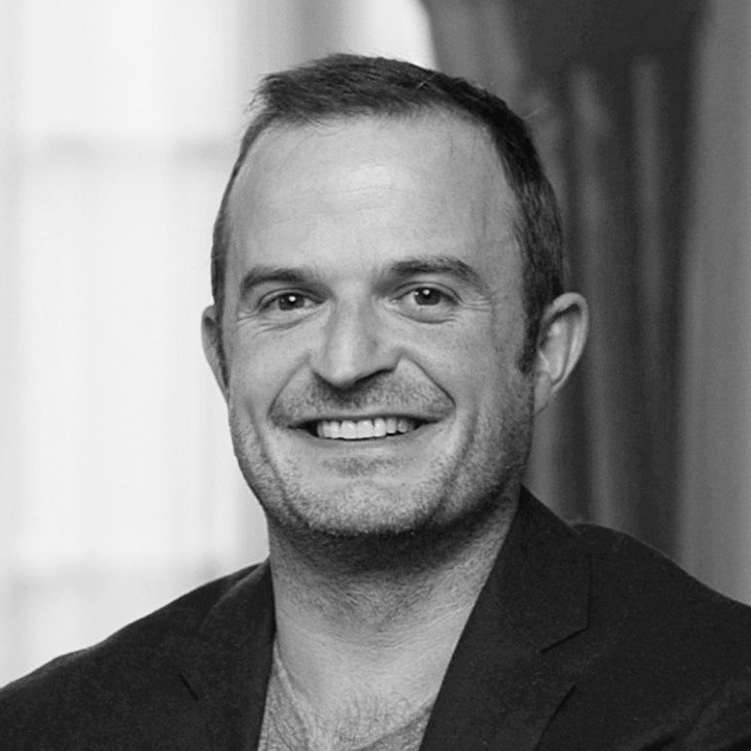
JAMES GREGSON is the Creative Director of Digital at LEGO Americas. He has over a decade of experience leading global, cross-platform campaigns with brands like SVEDKA and Mercedes-Benz. James brings a unique knowledge of both the data driven and creative sides of content marketing that inform his success as a digital strategist.
How to Build a Content Strategy Based on Behavior and Segmentation: Bustle Webinar
In this webinar, learn how to fine-tune your content strategy based on behavior and hyper-segmentation.
You’ll hear from Amanda Chan, VP of Content Strategy at Bustle Digital Group, and Lainie Frost, Digital Content Consultant and Former Head of Original Video, OTT & Audio at HuffPost on:
> How audience behavior can inform your content strategy
> The importance of aligning marketing, branding, and sales efforts
> How to translate best practices across multiple audience segments
FEATURED PANELISTS

AMANDA CHAN is the VP of Content Strategy at Bustle Digital Group, where she oversees content for Bustle, Elite Daily, NYLON, The Zoe Report, and Romper. Previously Amanda served as the Digital Deputy Editor at Teen Vogue. She brings an extensive background in both the reporting and digital strategy sides of online media.

LAINIE FROST is a Digital Content Consultant and is the Former Head of Original Video, OTT & Audio at HuffPost. Lainie brings over 10 years of experience in the TV & Digital Landscape, and today is a digital strategist for big media outlets like USA Today.